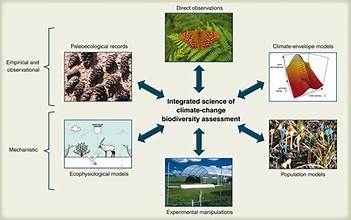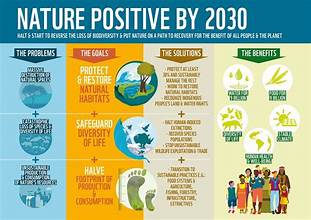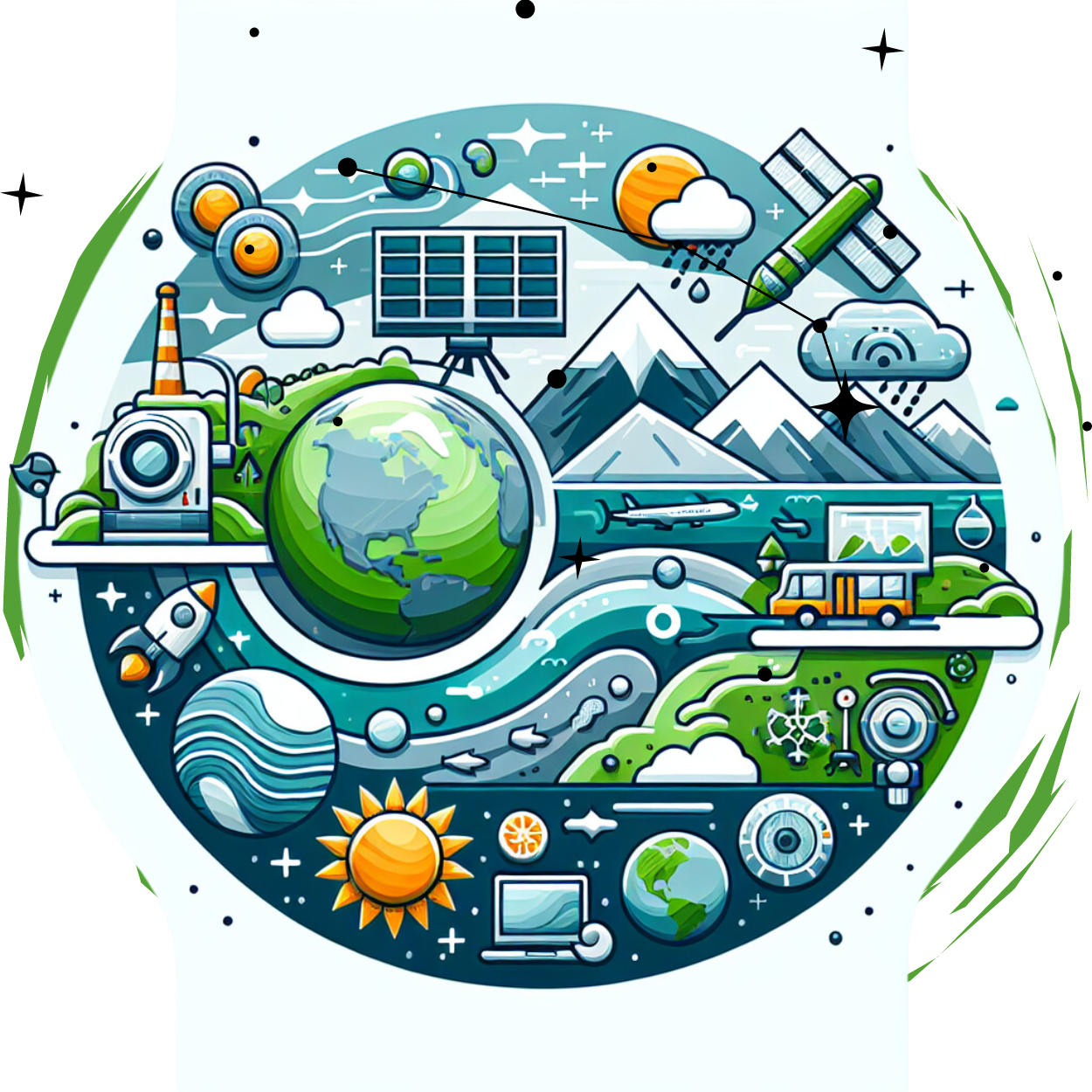
In 2024, the intersection of technology and conservation is more pivotal than ever. As global biodiversity faces unprecedented threats, innovative technologies are emerging as powerful tools in the fight to preserve the planet’s rich tapestry of life. This article explores the latest advancements in technology and their critical role in biodiversity preservation, highlighting how these innovations are reshaping conservation strategies and outcomes.
1. Remote Sensing and Satellite Technology
Remote sensing and satellite technology have revolutionized the way we monitor and manage ecosystems. In 2024, advancements in satellite imagery and remote sensing provide unprecedented resolution and accuracy, allowing scientists to track deforestation, habitat loss, and changes in land use with greater precision. These technologies enable real-time monitoring of protected areas, helping conservationists detect illegal activities such as poaching and logging before they cause significant damage.
Key Innovations:
- High-Resolution Satellites: New satellites equipped with advanced sensors capture detailed images of large areas, providing critical data on habitat changes and species distribution.
- AI-Driven Analysis: Artificial intelligence algorithms process vast amounts of satellite data, identifying patterns and trends that inform conservation strategies.
2. Genomic Technologies and Biodiversity
Genomic technologies are playing a transformative role in biodiversity preservation by offering insights into the genetic makeup of species. In 2024, genomic sequencing and DNA barcoding are being used to understand genetic diversity, track species evolution, and identify threats to genetic integrity.
Key Innovations:
- DNA Barcoding: This technique helps in the rapid identification of species from small tissue samples, aiding in the monitoring of species populations and detecting illegal wildlife trade.
- Gene Editing: Technologies like CRISPR are being explored for their potential to enhance the resilience of endangered species by correcting genetic defects and increasing genetic diversity.
3. Drones and Aerial Surveys
Drones have become indispensable tools in modern conservation efforts. They provide a bird’s-eye view of ecosystems, offering valuable data on wildlife populations, habitat conditions, and environmental changes. In 2024, drones are equipped with high-resolution cameras and thermal sensors, enabling more detailed and efficient surveys of remote and inaccessible areas.
Key Innovations:
- Thermal Imaging: Drones with thermal cameras detect wildlife in dense forests and during nighttime, improving the accuracy of population estimates and behavior studies.
- Automated Surveys: Advanced drones use machine learning algorithms to automatically identify and count animal species, reducing the need for extensive ground surveys.
4. Smart Sensors and IoT
The Internet of Things (IoT) and smart sensors are enhancing data collection and analysis in conservation efforts. These technologies provide real-time data on environmental conditions, animal movements, and ecosystem health.
Key Innovations:
- Environmental Sensors: Smart sensors measure variables such as temperature, humidity, and soil moisture, offering insights into habitat conditions and predicting environmental changes.
- GPS Trackers: IoT-enabled GPS trackers monitor animal movements and migration patterns, providing data that is crucial for understanding species’ behavior and habitat use.
5. Artificial Intelligence and Machine Learning
Artificial intelligence (AI) and machine learning are transforming how data is analyzed and utilized in biodiversity conservation. These technologies can process vast amounts of data quickly, identifying trends and making predictions that inform conservation strategies.
Key Innovations:
- Predictive Modeling: AI models predict the impacts of climate change and habitat loss on species, helping to develop targeted conservation measures.
- Automated Species Identification: AI-powered image recognition systems analyze camera trap footage and field observations, automating the identification of species and reducing manual effort.
6. Blockchain for Conservation Transparency
Blockchain technology is emerging as a tool for enhancing transparency and accountability in conservation efforts. By creating an immutable record of transactions and activities, blockchain ensures that funds and resources are used effectively and ethically.
Key Innovations:
- Track and Trace: Blockchain enables the tracking of conservation funding and resources, ensuring that they reach their intended destinations and are used as planned.
- Illegal Wildlife Trade: Blockchain helps in tracking the provenance of wildlife products, combating illegal trade by providing a transparent supply chain.
7. Public Engagement and Citizen Science
Technology is also fostering public engagement in conservation through citizen science platforms. These platforms allow individuals to contribute to biodiversity monitoring and conservation efforts from their own communities.
Key Innovations:
- Mobile Apps: Apps like iNaturalist and eBird allow users to record and share observations of wildlife, contributing valuable data to conservation research.
- Virtual Reality: VR experiences enable people to explore endangered habitats and learn about conservation issues, raising awareness and inspiring action.
Conclusion
In 2024, innovative technologies are playing a crucial role in biodiversity preservation, offering new tools and methods for understanding and protecting our planet’s diverse ecosystems. From remote sensing and genomic technologies to drones, AI, and blockchain, these advancements are enhancing our ability to monitor, manage, and conserve biodiversity. As technology continues to evolve, it holds the promise of even greater strides in conservation, helping to ensure a sustainable future for all species.

